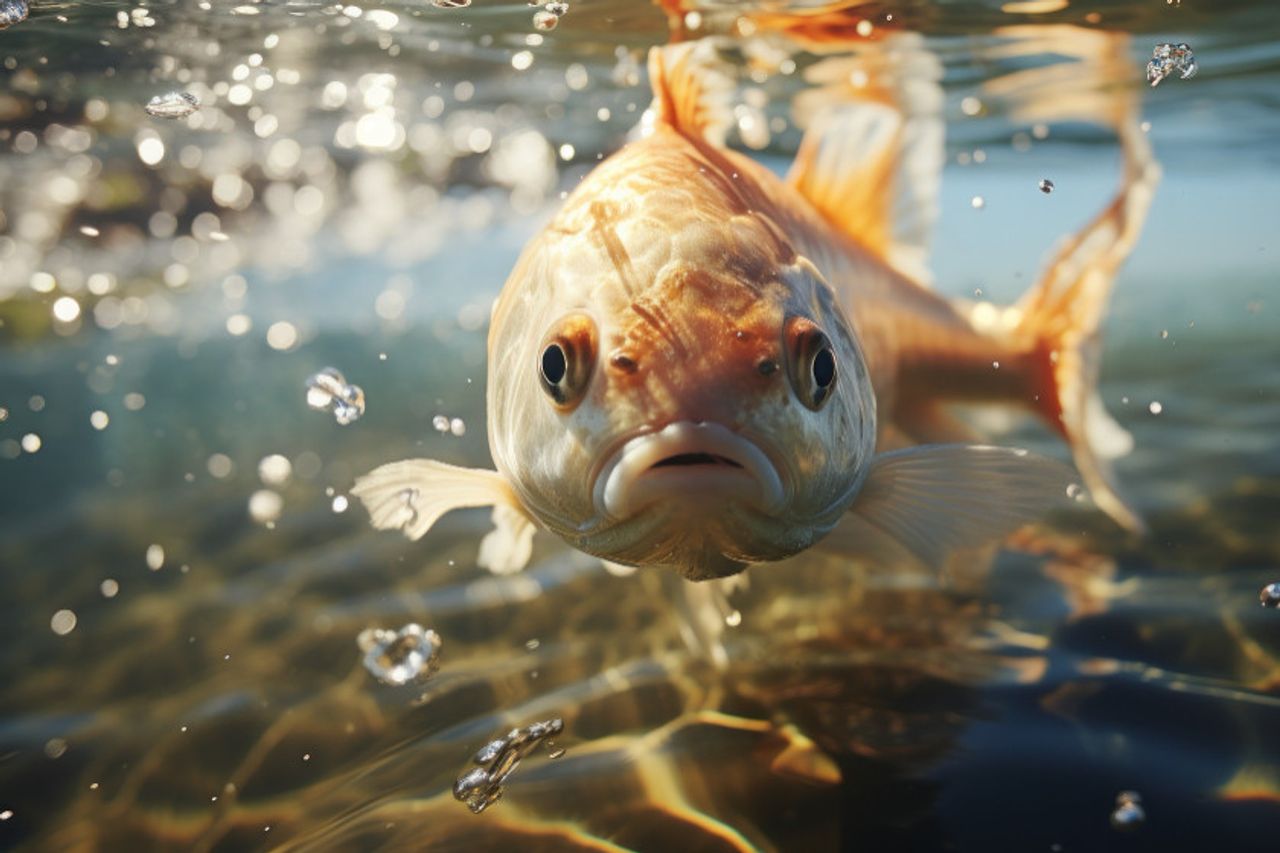Types Of Fish That Can Be Spread To Indonesia's General Waters

YOGYAKARTA - Indonesia has abundant biodiversity, especially in terms of fishery resources. As an archipelagic country, public waters in Indonesia have an important position in the ecosystem and people's lives. Protecting the balance of the water ecosystem is very important, especially when spreading or releasing fish into public waters. For this reason, the Indonesian government has set provisions regarding fish types that can be distributed into public waters so as not to disturb the ecosystem and protect the biodiversity that exists.
Release or spread of fish into public waters in Indonesia is carried out for various purposes, ranging from increasing the original fish population, increasing the catch of fishermen, to creating conservation programs. However, not all types of fish are allowed to be distributed, because some species can become invasive and disturb local ecosystems. In this post, we will regulate several types of fish that are allowed to be distributed to Indonesian public waters and why this is important to do carefully.
Why Is It Important To Choose The Right Type Of Fish?
The distribution of fish into public waters must be tried carefully and in a planned manner so as not to disturb the existing ecosystem. Fish that are not original or invasive fish can cause various problems, a kind of competition that is not balanced with local species, the spread of disease, or changes in the existing habitat structure. Therefore, sorting out fish types that can be distributed into public waters is an important step in protecting the sustainability of the Indonesian waters ecosystem.
Types of fish that should be released in general are native fish or tested fish that do not have a negative impact on the local ecosystem. These fish have high economic, ecological, and social value for local communities and fishermen.
1. Nila fish (Oreochromis niloticus)
Tilapia fish are one of the species of freshwater fish that is popular in Indonesia. These fish not only have high economic value, but also easily adapt to different areas. Tilapia fish have long been cultivated in Indonesia and are often released in public waters, such as rivers and lakes, to increase the local fish population that can be caught by the community.
Although tilapia come from Africa, this type has long been introduced in Indonesia and is considered to have no negative consequences for the local ecosystem. In some problems, tilapia even help increase the number of fish caught by local fishermen.
2. Fish Mas (Cyprinus carpio)
Goldfish are one of the types of fish that are widely distributed to public waters in Indonesia. This fish has a large economic value and is often used for cultivation or consumption purposes. Mas fish can live in various types of waters, listed by rivers, lakes, and reservoirs.
Mas fish are also relatively safe to be released into public waters because they are not invasive and do not disturb other native fish populations too much. Therefore, this fish is one of the main choices in the fish distribution program in various regions in Indonesia.
3. Mujair fish (Oreochromis mossambicus)
Mujair fish are a species of freshwater fish originating from Africa, but have long been induced and adapted to Indonesian waters. This fish is often released into public waters because it is able to breed quickly and has high economic value.
Similar to tilapia, it is also considered safe to be released into public waters because they are able to live side by side with local fish without disturbing the balance of the ecosystem.
4. Fish Tabies (Barbonymus gonionotus)
Tawes fish are one of Indonesia's native fish that are widely distributed to public waters, especially in Java, Sumatra, and Kalimantan. This fish has an important position in the water ecosystem because it is part of a natural food chain and has the ability to live in various types of freshwater environments.
The spread of tawes in public waters is often done to protect the local fish population and as a food source for the local community. Tabies is also known because it tastes good, so it has a fairly high economic value.
SEE ALSO:
5. Lele fish (Clarias sp.)
Lele is one of the popular freshwater fish in Indonesia and is often released into public waters. This fish has excellent adaptability skills and can live in various types of waters, ranging from rivers, lakes, to artificial ponds.
Lele is not invasive and does not disturb local native fish, so it is often included in the fish distribution program to increase the fish catch population in public waters. Not only that, catfish also have high economic value and are one of the fish that are widely consumed by the Indonesian people.
6. Gabus Fish (Channa striata)
Cyclist fish are Indonesian native fish that are often found in rivers, swamps, and lakes. Gabus has an important role in the freshwater ecosystem because it is a natural predator that helps control the population of small fish and water insects. This fish also has high economic value because the meat is delicious and nutritious.
The spread ofequent fish into public waters is usually done to maintain the balance of the water ecosystem, as food sources for local residents.
Important Considerations In Fish Spread
Although there are several types of fish that may be distributed into public waters, this process should not be tried carelessly. Some aspects that must be considered include:
To increase your reference, you also need to know the type of Invasive Fish that is prohibited from being kept in Indonesia and the Punishment for Violating
So after knowing the type of fish that can be distributed into public waters, see other interesting news on VOI.ID, it's time to revolutionize news!
